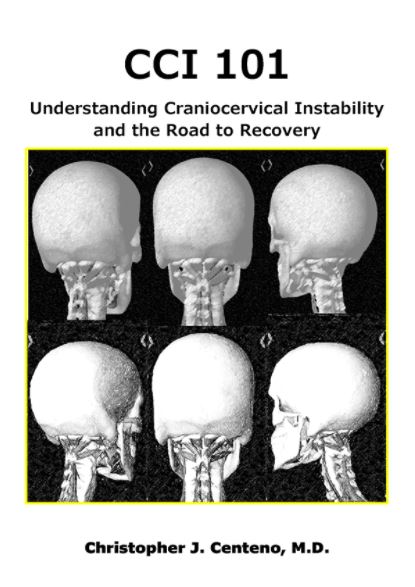Very exciting news last week for one of our preferred providers in Boulder, Colorado who provides DMX Exams for many of our patients. Last week Dr. Evan Katz of Katz Chiropractic Center was awarded the “Researcher of the Year”. This prestigious award was given by the Chiropractic Biophysics Society. The society is an elite group of distinguished chiropractors who look to spinal rehabilitation and postural correction as a means to address not just pain, but disease and organ dysfunction.
Out of thousands of docs in the organization, Dr. Katz was awarded “Researcher of the Year.” This was based upon his dedication and work on two recent publications. The publications are groundbreaking and are summarized below.
Increase in Cerebral Blood Flow Indicated by Increased Cerebral Arterial Area and Pixel Intensity on Brain Magnetic Resonance Angiogram Following Correction of Cervical Lordosis (1)
The loss of the cervical curve is associated with decreased blood flow to the spinal cord and brain. Blood flow to the spine and brain are critical and subject to much investigation and research. This study examined 7 patients with loss of neck curve who underwent CBP chiropractic care. The patients underwent Brain Magnetic Resonance blood Flow study prior to and after chiropractic care. The results were fantastic. Dr. Katz and others demonstrated that restoring the normal curve in your cervical spine results in an immediate increase in cerebral blood flow. Who knew? A brilliant investigation that provides additional support for chiropractic care.
Diagnostic Accuracy of Videofluoroscopy for Symptomatic Cervical Spine Injury Following Whiplash Trauma (2)
Instability of the neck is common in patients with chronic neck pain who have sustained a whiplash trauma. Digital Motion X-ray (DMX) also called videofluoroscopy is an important examination used by doctors in evaluating patients with neck pain. The DMX exam involves a live x-ray of the cervical spine while the patient moves. The movements include side bending, bending forward, and backward. Patients with and without neck pain underwent DMX examination. A total of 196 patients were studied. Dr. Katz and others demonstrated that the DMX exam provides a high degree of accuracy for identifying instability in patients with chronic pain after whiplash trauma. These findings are important for those who have been involved in a whiplash injury and suffer from ongoing pain.
In Conclusion
Neck pain is a common, debilitating condition that affects 10-21% of the adult population annually (3). Motor vehicle accidents are a common cause of both acute and chronic neck pain (4). Unfortunately, many patients have been dismissed and ignored by both their doctors and insurance companies as not having any “real injuries” Dr. Katz has provided valuable, quantifiable data demonstrating that injuries to the spine are real with significant consequences. The DMX exam is a valuable tool that can accurately demonstrate instability. Well done!
___________________________________________________________________________
1.Katz EA, Katz SB, Fedorchuk CA, Lightstone DF, Banach CJ, Podoll JD. Increase in cerebral blood flow indicated by increased cerebral arterial area and pixel intensity on brain magnetic resonance angiogram following correction of cervical lordosis. Brain Circ. 2019 Jan-Mar;5(1):19-26. doi: 10.4103/bc.bc_25_18. Epub 2019 Mar 27. PMID: 31001596; PMCID: PMC6458772.
2. Freeman MD, Katz EA, Rosa SL, Gatterman BG, Strömmer EMF, Leith WM. Diagnostic Accuracy of Videofluoroscopy for Symptomatic Cervical Spine Injury Following Whiplash Trauma. Int J Environ Res Public Health. 2020;17(5):1693. Published 2020 Mar 5. doi:10.3390/ijerph17051693
3. Hoy DG, Protani M, De R, Buchbinder R. The epidemiology of neck pain. Best Pract Res Clin Rheumatol. 2010 Dec;24(6):783-92. doi: 10.1016/j.berh.2011.01.019. PMID: 21665126.
4. Nolet PS, Emary PC, Kristman VL, Murnaghan K, Zeegers MP, Freeman MD. Exposure to a Motor Vehicle Collision and the Risk of Future Neck Pain: A Systematic Review and Meta-Analysis. PM R. 2019 Nov;11(11):1228-1239. doi: 10.1002/pmrj.12173. Epub 2019 Jun 12. PMID: 31020768; PMCID: PMC6899867.
researcher





